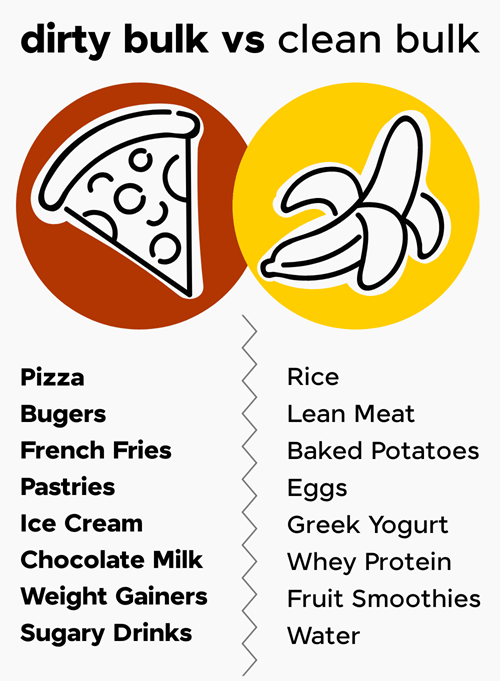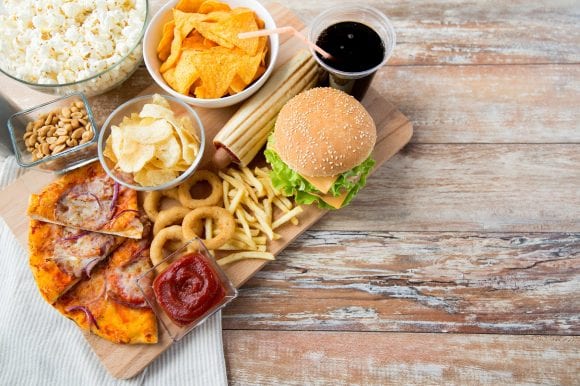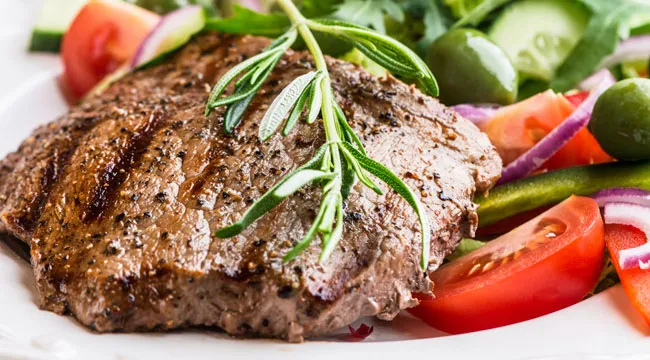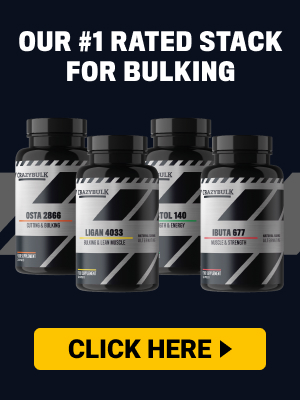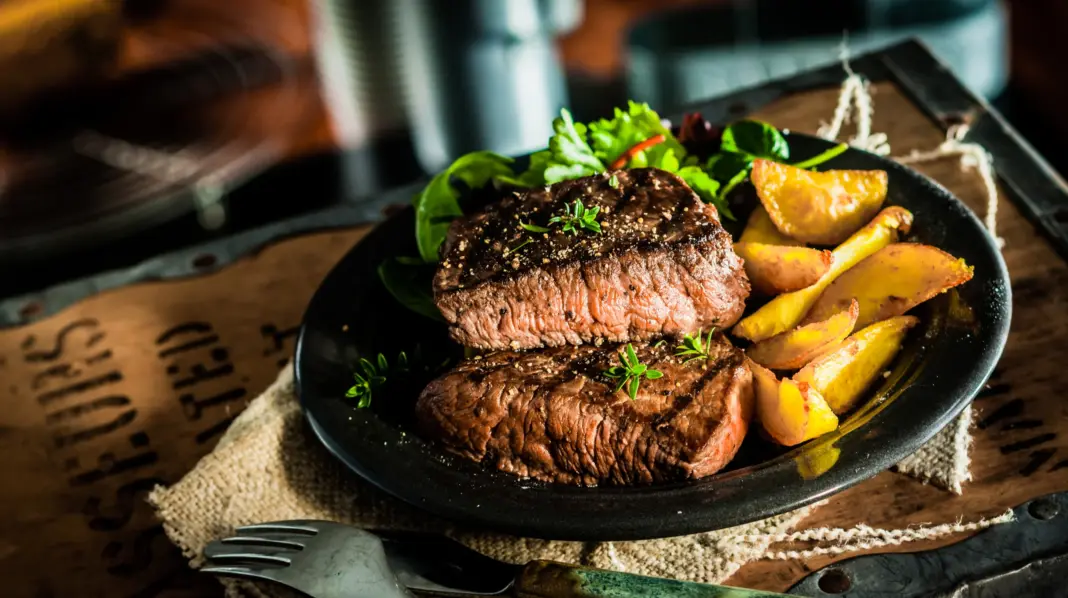Clean Bulking vs Dirty Bulking: What Works Best for Muscle Growth?
For decades, lifters have argued over the best way to put on size. Some swear by the “eat big to get big” dirty bulk approach, while others favor a more controlled, “clean” route focused on lean muscle gain with minimal fat.
The truth is, both methods can build muscle — but how much fat you gain, how you feel, and how sustainable your progress is all depend on the approach you take.
This guide breaks down the real-world differences between clean bulking and dirty bulking, the science behind each, and how to choose the strategy that fits your goals and lifestyle.
💡 What Is Bulking — Really?
At its core, bulking simply means eating in a caloric surplus to support muscle growth. You consume more calories than your body burns, providing the raw materials for repair and hypertrophy.
But how you build that surplus makes all the difference.
- Clean Bulking: A controlled calorie surplus using whole, nutrient-dense foods to gain muscle slowly and minimize fat gain.
- Dirty Bulking: A large calorie surplus where you eat anything and everything to maximize weight gain — often including plenty of processed, calorie-dense foods.
Let’s dive into how they stack up.
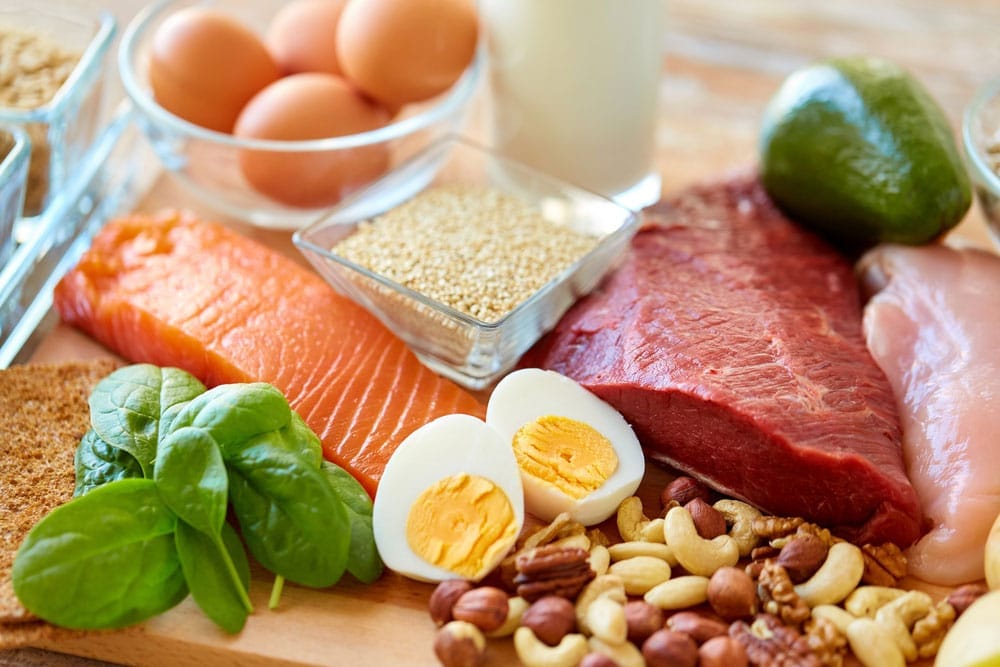
🧱 Clean Bulking Explained
Clean bulking is about precision and consistency. You maintain a moderate calorie surplus — typically 250–500 calories above maintenance — while hitting your macronutrient targets with mostly whole, nutrient-dense foods.
✅ Key Principles
- Calorie Control: You’re aiming for slow, steady gains — about 0.25–0.5 kg (0.5–1 lb) per week.
- Quality Nutrition: Focus on lean proteins, complex carbs, and healthy fats.
- Macronutrient Balance: Protein intake stays high (2.0–2.2 g/kg bodyweight) with balanced carbs and fats.
- Consistent Monitoring: You adjust intake based on body composition, not just scale weight.
💪 Pros
- Minimal fat gain
- Easier to maintain visible abs and muscle definition
- Healthier long-term (cholesterol, insulin sensitivity, inflammation)
- Easier transition to cutting or maintenance
⚠️ Cons
- Slower weight gain
- Requires meal prep and tracking discipline
- Progress can be subtle and requires patience
Clean bulking is about control — maximizing muscle-to-fat ratio, not just body weight.
🍕 Dirty Bulking Explained
Dirty bulking flips that philosophy on its head. The goal is simple: eat big and lift big.
You’re eating in a large calorie surplus — sometimes 700–1,000+ calories above maintenance — without worrying much about food quality. As long as you’re getting enough protein and calories, nothing is off-limits.
✅ Key Principles
- Aggressive Calorie Surplus: The faster you gain, the better (in theory).
- Loose Food Rules: Pizza, burgers, milkshakes — anything to get calories in.
- Maximized Training Fuel: Constant energy for heavy lifting and recovery.
💪 Pros
- Fast weight gain
- Easier for hardgainers with high metabolisms
- No stress over food choices
- Huge energy levels in the gym
⚠️ Cons
- Rapid fat gain alongside muscle
- Poor digestion and sluggish energy outside the gym
- Hormonal issues from excessive fat gain
- Harder, longer cutting phase needed to reveal muscle
Dirty bulking can build size fast, but the quality of that size often leaves much to be desired.
⚖️ Clean Bulk vs Dirty Bulk: The Comparison
| Feature | Clean Bulk | Dirty Bulk |
| Calorie Surplus | +250–500/day | +700–1,000+/day |
| Food Quality | Whole, minimally processed | Anything goes |
| Fat Gain | Minimal to moderate | Significant |
| Muscle Gain Rate | Moderate, sustainable | Fast, but less efficient |
| Hormonal Health | Stable testosterone, good insulin sensitivity | May suffer with excessive fat gain |
| Digestive Health | Generally good | Often poor (bloating, fatigue) |
| Post-Bulk Cut | Easy transition | Long, difficult diet phase |
The data — and decades of bodybuilding experience — make one thing clear:
Dirty bulking builds size fast but sacrifices quality. Clean bulking builds quality mass that lasts.
🧠 The Science Behind Clean vs Dirty Bulking
Muscle growth is driven by progressive overload and a positive protein balance — not by overeating junk food.
Research shows that:
- Once you exceed ~500 calories above maintenance, extra calories mostly go to fat storage, not muscle tissue.
- Excessive fat gain can reduce insulin sensitivity, making your body less efficient at using nutrients for muscle growth.
- High-quality foods rich in micronutrients and fiber improve recovery, digestion, and hormonal balance — all crucial for hypertrophy.
Simply put:
There’s a ceiling to how fast you can build muscle. Eating beyond that point just makes you fat faster.
🏋️♂️ Who Should Use Each Approach?
Not every lifter should bulk the same way. Your body type, metabolism, and goals matter.
🔹 Clean Bulk Is Best For:
- Intermediate and advanced lifters
- People with moderate or low metabolisms
- Those who value aesthetics year-round
- Lifters comfortable with tracking macros
🔹 Dirty Bulk Can Work For:
- Hardgainers (ectomorphs) who struggle to gain any weight
- Off-season strength athletes focused purely on performance
- Short-term mass phases where muscle gain is prioritized over leanness
For most people, however, the downsides of dirty bulking outweigh the short-term benefits — especially if you care about staying lean, healthy, and confident.
🥗 Clean Bulking Food Framework
Here’s how a clean bulk typically looks in practice:
Protein Sources: Chicken, lean beef, fish, eggs, Greek yogurt, whey protein
Carb Sources: Oats, rice, potatoes, whole grains, fruits
Fat Sources: Olive oil, avocado, nuts, fatty fish
Extras: Creatine, omega-3s, multivitamins
💡 Pro Tip: To hit a moderate surplus, increase carbs first — they’re muscle-friendly and refill glycogen efficiently.
🍔 Dirty Bulking Food Framework
Dirty bulking isn’t total chaos — it just prioritizes calorie density over quality.
Protein Sources: Anything convenient — burgers, shakes, whole milk, fast food
Carb Sources: Pasta, white rice, cereal, pastries, pizza
Fat Sources: Cheese, fried food, processed oils
Extras: High-calorie shakes, mass gainers, desserts
While these foods push calories up fast, they often lead to lethargy, poor digestion, and fat accumulation — all of which can sabotage long-term muscle growth.
📈 The Smart Middle Ground: “Controlled Bulk”
Many experienced lifters now use a hybrid approach: a clean bulk with flexibility built in.
This means:
- Eating 80–90% clean, whole foods
- Allowing 10–20% for comfort foods or higher-calorie meals
- Tracking progress weekly and adjusting gradually
It gives you the best of both worlds — sustainable calorie intake without the mental fatigue of perfection.
If your goal is lean, steady muscle gain without a massive cutting phase, this is the most effective long-term strategy.
🧮 How to Transition Between Phases
The key to sustained growth is knowing when to stop bulking and when to cut.
- If you’re gaining more than 0.5–1 lb per week → dial calories back slightly.
- Once you hit ~15–17% body fat (men) or 25–28% (women), consider transitioning to maintenance or a mild cut.
- Use strength and visual progress as your guide — not the scale alone.
Remember:
The longer you can stay lean in a mild surplus, the more productive your bulk will be.
🧠 Takeaways
- Both clean and dirty bulking can build muscle — but only one builds it efficiently.
- Clean bulking promotes steady, quality gains with minimal fat.
- Dirty bulking accelerates weight gain but adds unnecessary body fat.
- The controlled bulk (a clean base with flexibility) offers the best long-term results.
- Track your calories, monitor progress, and prioritize consistency over extremes.
💬 Final Thoughts
The best bulk is the one you can stick to, feel good on, and recover well from.
For most lifters — especially those who’ve been training for more than a year — a clean, controlled bulk offers the most efficient and sustainable path to growth.
Remember, the goal isn’t just to gain weight. It’s to gain muscle — and that requires the same level of discipline in the kitchen as you bring to the gym.

